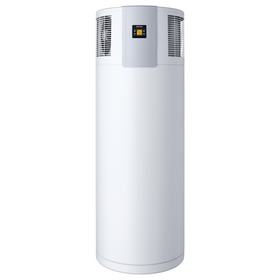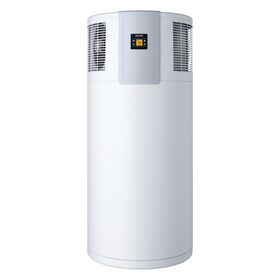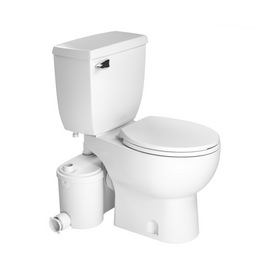- Home
What Is Modular Construction?
Modular homes are built off-site, with the modules delivered on flatbed trucks to the construction site. They are made with various completions, from fully kitted out with plumbing, electrical, doors, closets, and stairs to just one or several boxes. They are completed on-site by a contractor.
What Is Panelized Construction?
Panelized constructed homes are shipped as flat units to a site and assembled like a jigsaw puzzle. They need more finishing work on-site than modular homes. Both take less time to build on-site than stick-built homes.
Prefab homes come in any style – a single-story ranch, a duplex, a Cape Cod, modern or traditional. They can accommodate off-grid living. They can be luxury homes. They can have as many bathrooms or bedrooms as specified and can be customized.
Stacey Freed
I’m constantly on the hunt for a way to hike and write simultaneously.





















